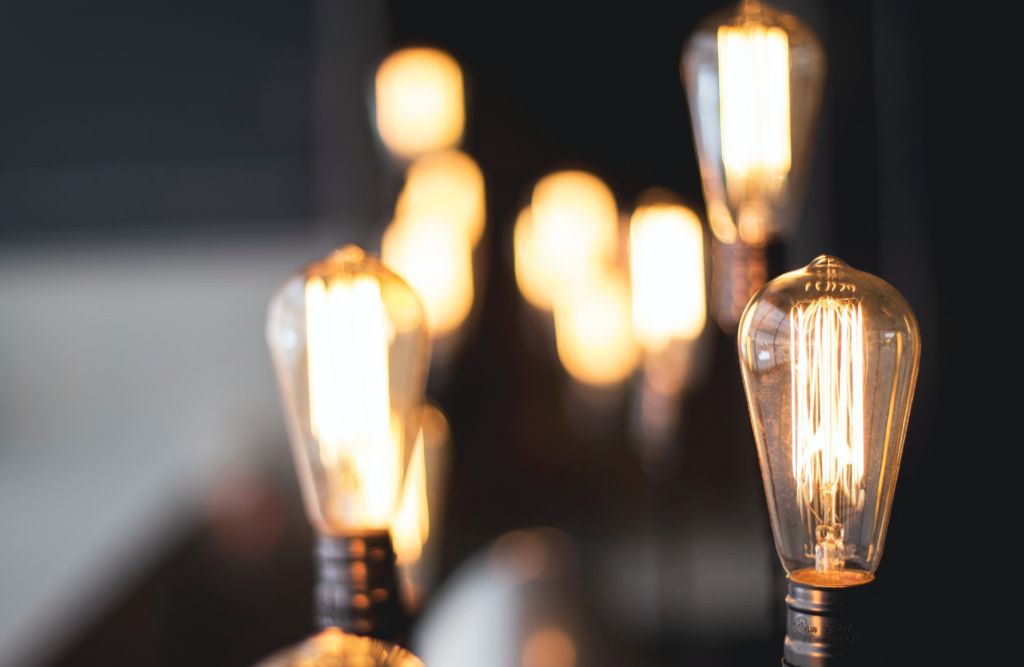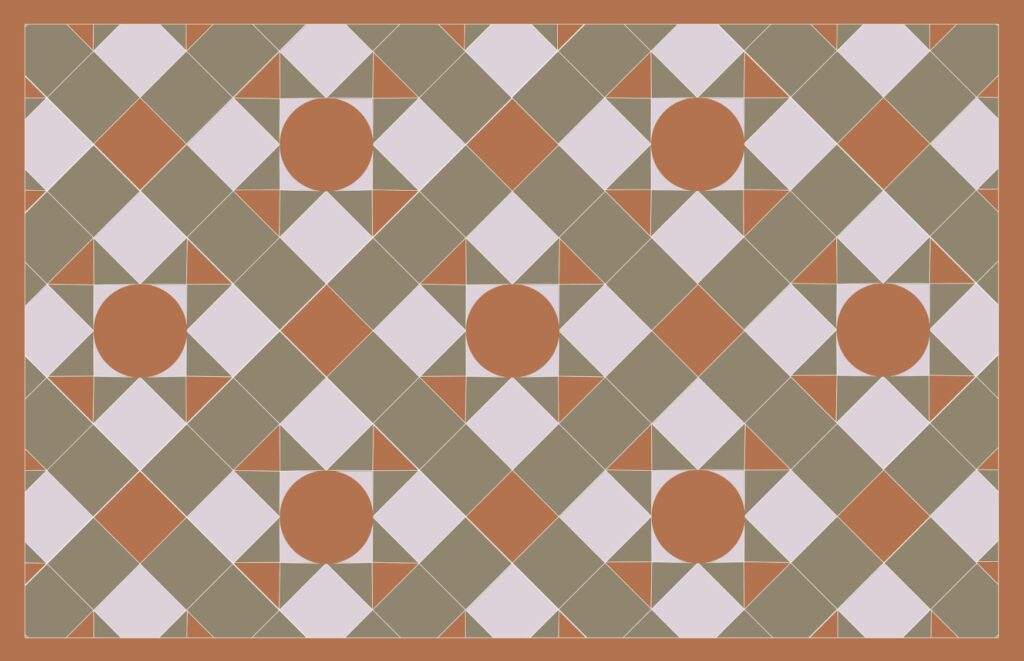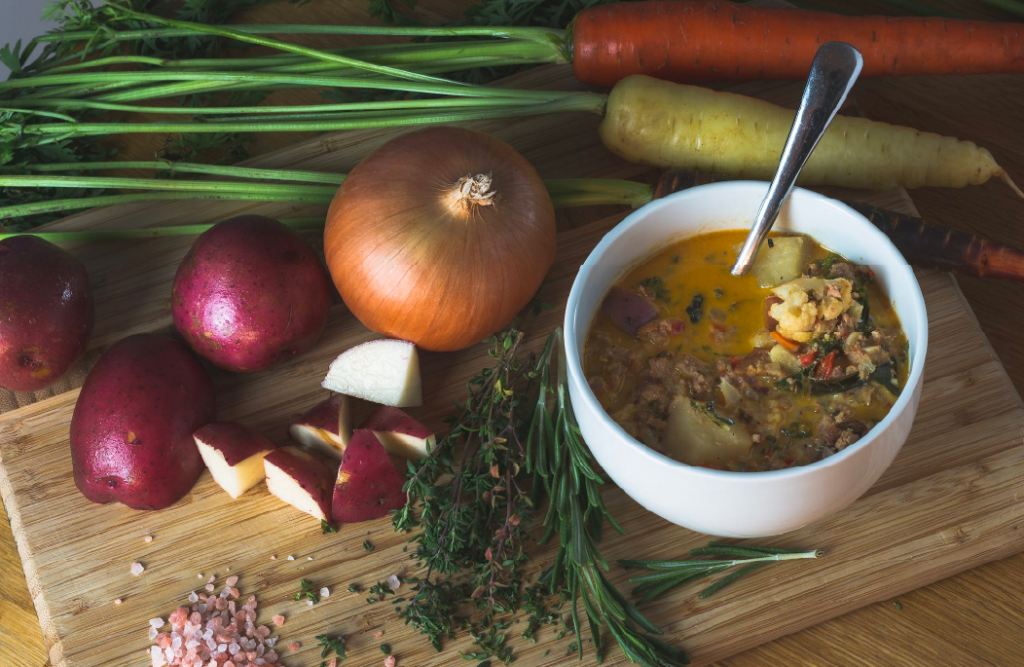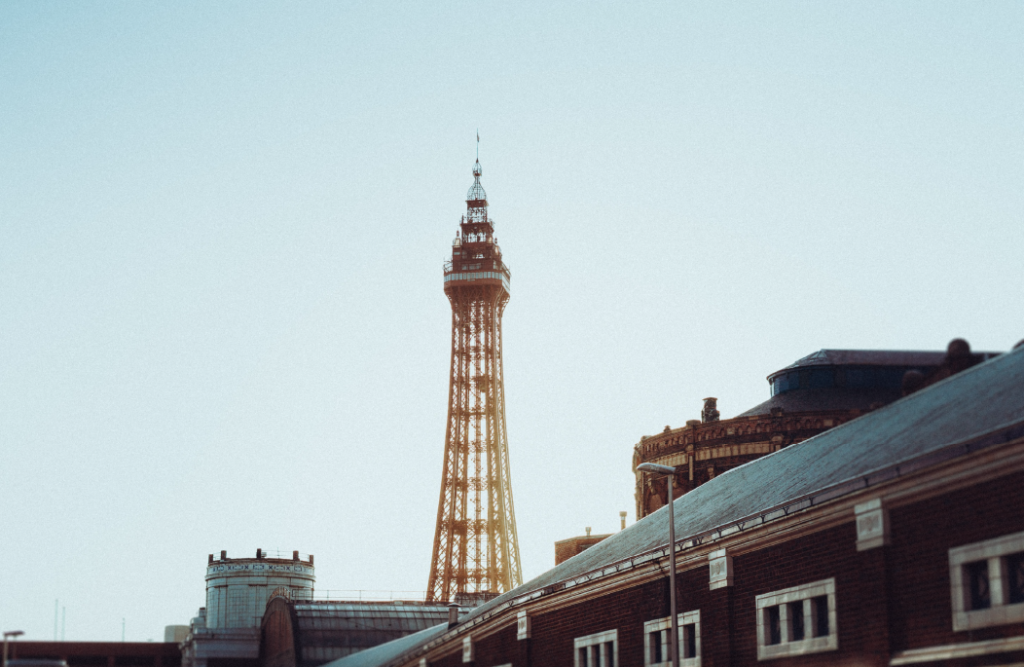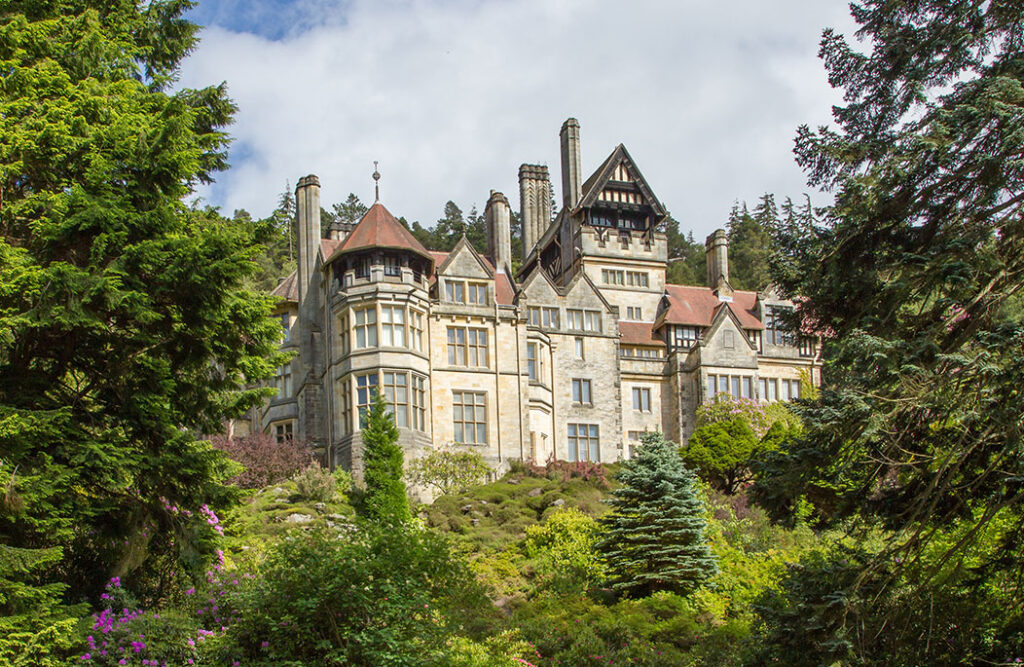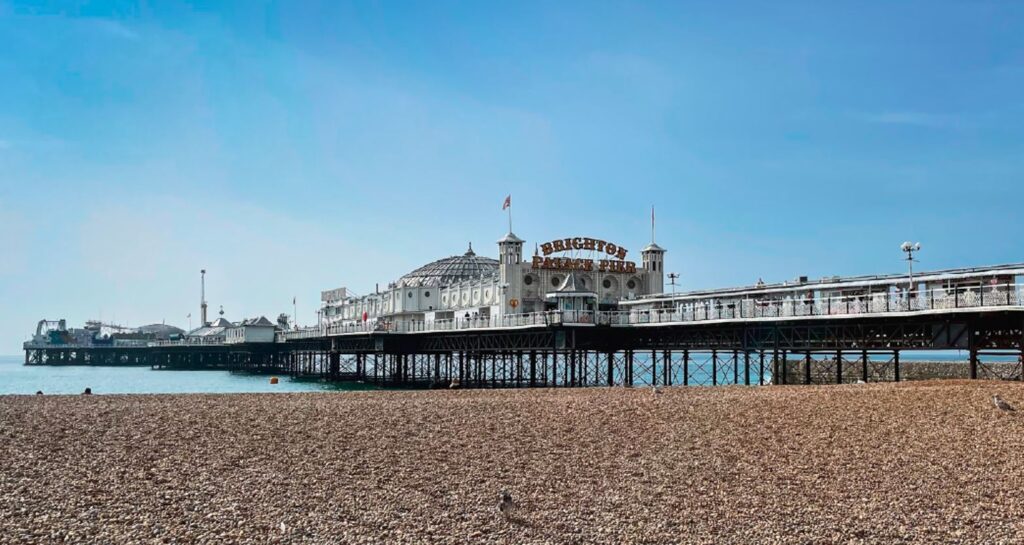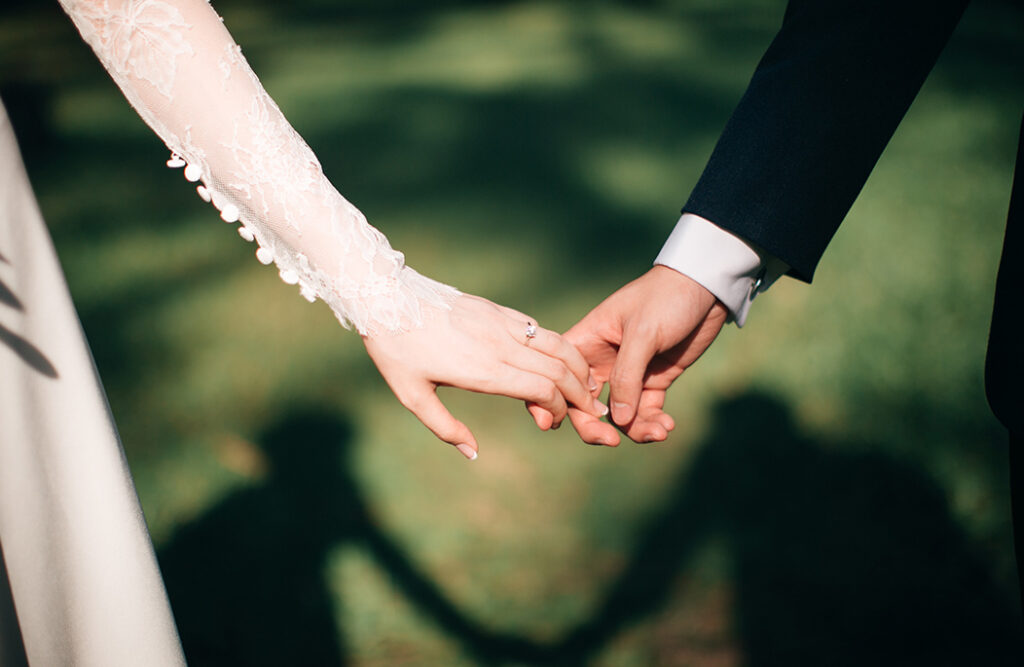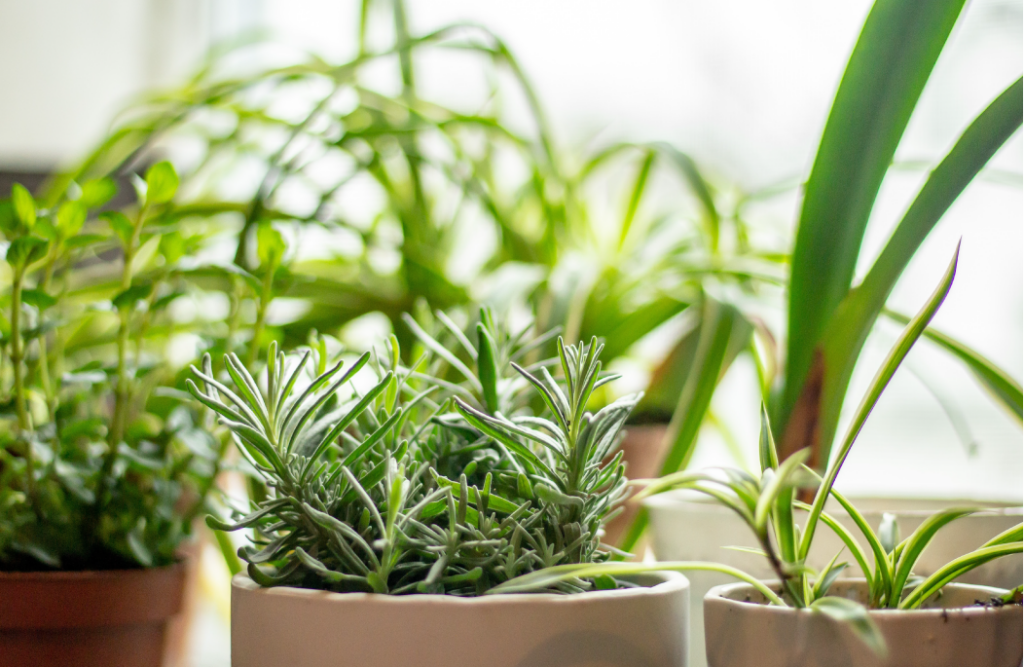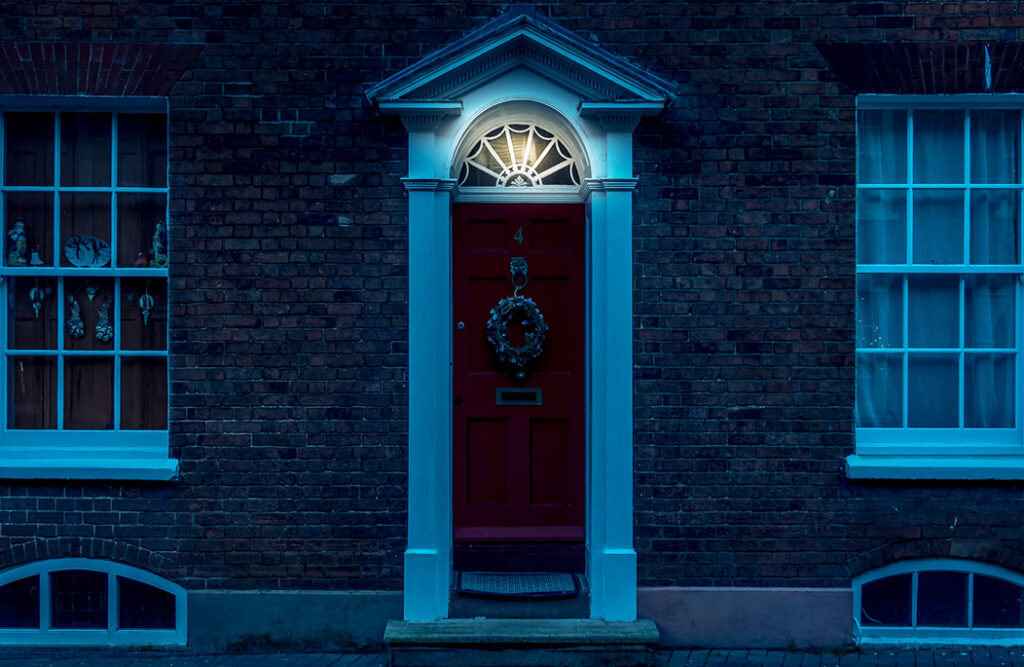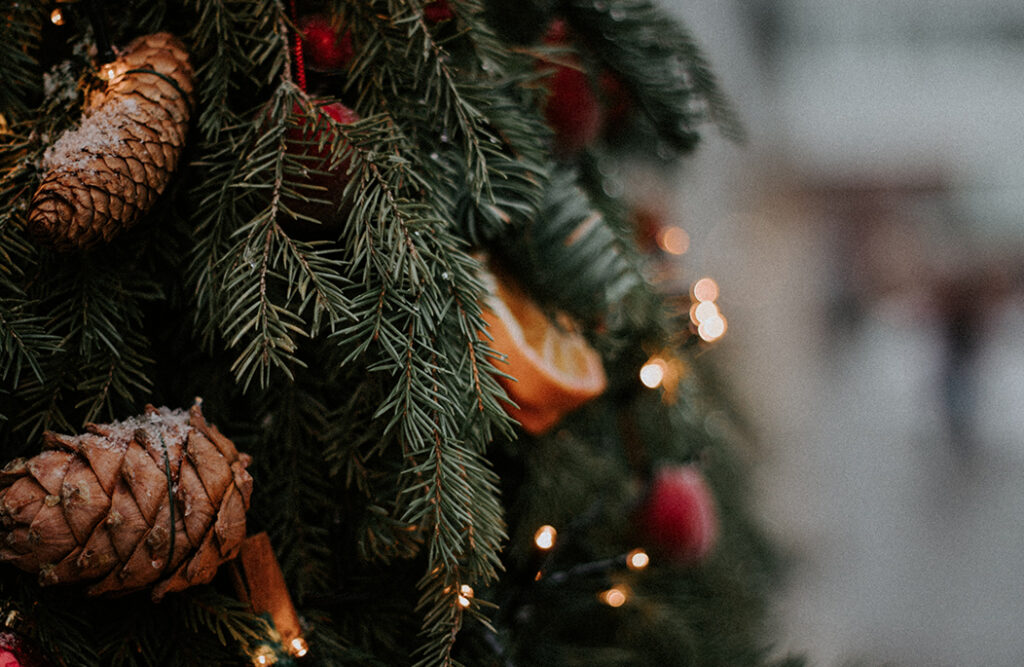Victorian toys often come up at auction, but how do you know if you’ve got something that could be worth selling? And what are the stories behind these wonderful items?
Here we take a look at some of the Victorian toys you should consider buying as an investment, and ones that are worth holding onto if they happen to be gathering dust in your attic.
As always, sale items that are boxed, in good condition and have reliable provenance will usually command the highest prices.

1. Teddy bears
Realistic toy bears were popular long before the arrival of what we know now as the teddy bear. The originals were fierce with sharp teeth and glaring eyes. Bears were a part of folklore in many countries; Russia had its “Mishka” while in England we had “Bruin”.
It was not until 1903 that the teddy we know and love today first appeared. It was named after US President “Teddy” Roosevelt, who had been depicted in a cartoon with a bear that he had refused to shoot.
The founder of the Ideal Toy Corporation of America used the drawing to produce a range of bears with button eyes which he called “Teddy’s Bears”. They were an immediate success – possibly the most popular of Victorian toys – and the name stuck.
In the same year, German toy manufacturer Margaret Steiff also used the cartoon as a design guide for a jointed doll-like figure with a bear’s head. Its success was overwhelming, and demand for the teddy bear throughout the world took off.
Victorian Steiff bears are still in demand at auction today. Even Steiff teddies in poor condition can command huge amounts of money.
download the full victorian homes ebook
Download Victorian Homes, a free ebook created by Adrian Flux insurance services. It is full of Victorian house facts, tips on how to create a Victorian style house — even if you live in a new-build home — and advice on where to source original Victorian and reproduction fixtures, fittings, furniture, accessories and art.
2. Dolls and dolls houses
Made from a variety of materials including wood, porcelain and wax, these Victorian toys were considered appropriate for girls as they helped prepare them for motherhood. More expensive dolls were purchased for one to look at rather than play with.
Dolls’ houses – which had formerly been owned predominantly by wealthy women – began to be manufactured in batches and were commercially available from the 1880s.
Dolls and dolls’ houses were considered good Victorian toys for teaching domestic skills to young girls. They were encouraged to make clothes for the dolls and soft furnishings for their dolls’ houses in order to practise sewing.
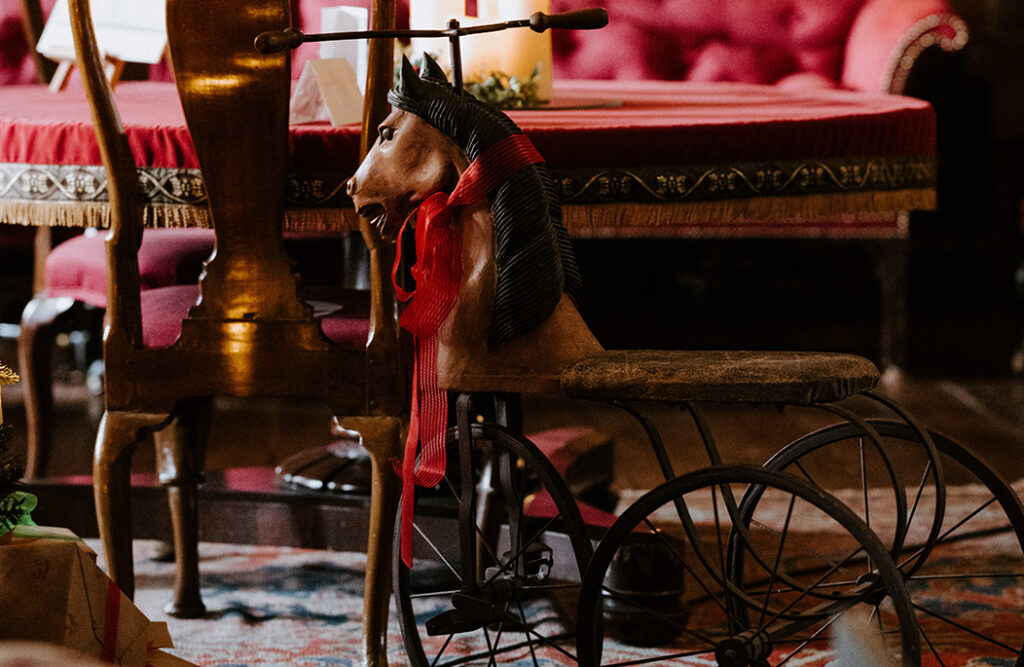
3. Rocking horses
Ornately carved rocking horses with real horsehair manes and leather saddles were rather more expensive but nonetheless highly desirable Victorian toys. Many were retained as family heirlooms long after the children of the house had grown too old to hop on for a ride.
4. Wind-up toys
Wind-up toys made of tin were created cheaply and in large numbers in the 1800s, but because of their quick and cheap manufacture they weren’t very durable and they were easily damaged. For that reason, a wind-up toy made during the early Victorian period can command a high price at auction if it is in particularly good condition.
The popularity of wind-up toys continued until the 1960s with the introduction of moving toys powered by small and inexpensive alkaline batteries.
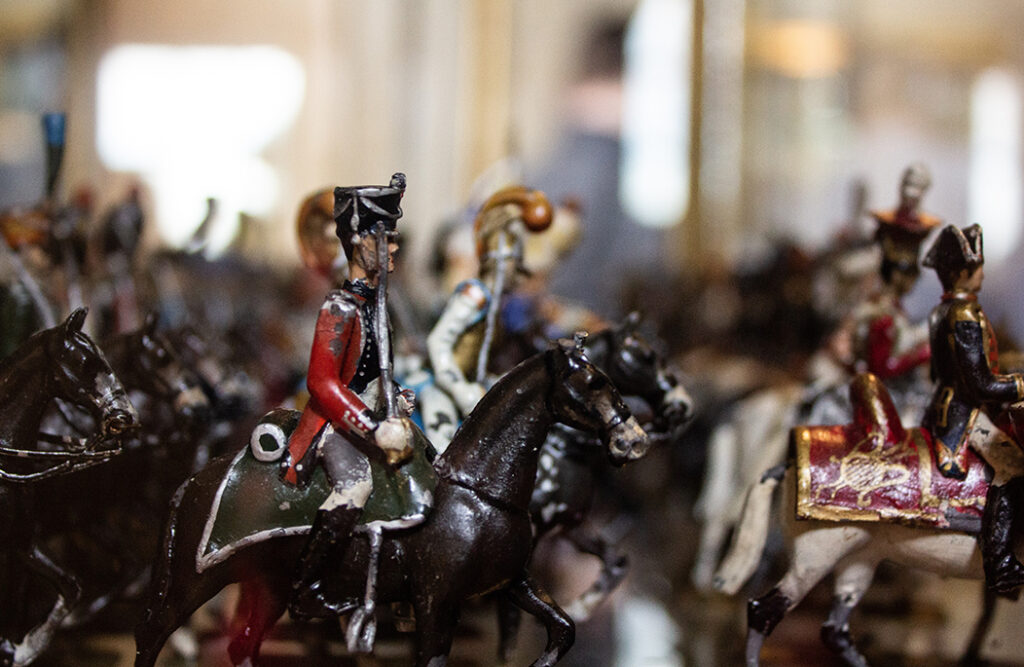
5. Model soldiers
Boys’ toys included model soldiers “hollow cast” moulded from lead alloy. This was quicker and cheaper than solid casting and meant figures could be moulded in the round and looked more realistic.
Some boys continued to play with their soldiers into adulthood; Winston Churchill (1874-1965) had a collection of more than 1,500 of the little fellows and took regular solace from them in his later life.
6. Board games
The 19th century saw an increase in the popularity of parlour games such as Happy Families and Snakes and Ladders, particularly with middle class families.
Many of these games were designed to be both entertaining and educational, teaching a geographical, historical or moral lesson.
Games still boxed and with all parts intact are rare so will go very well at an auction for Victorian toys.
7. Jigsaw puzzles
Engraver and cartographer John Spilsbury is believed to have produced the first jigsaw puzzle around 1760 using a marquetry saw. Early puzzles, known as dissections, were produced by mounting maps on hardwood and cutting along national boundaries, creating a puzzle as a geography teaching aid.
The name “jigsaw” came to be associated with the puzzle around 1880 but in actual fact it wasn’t a jigsaw but a fretsaw that was used to cut the puzzles. Cardboard jigsaw puzzles appeared in the late 1800s and were popular Victorian toys.
8. Tapestry samplers
Strictly speaking, tapestry samplers were not Victorian toys, but they were something a young girl would possess during the 18th and 19th centuries. The sampler is a piece of embroidery or cross-stitching to demonstrate their prowess with needle and cotton.
Sampler designs would often incorporate an alphabet, figures, motifs, decorative borders and sometimes the name of the person who had created the work and the date of its creation, which will probably add to the auction value. The samplers would often be framed and wall-mounted in a dayroom.
The stitching of samplers was believed to be a sign of “virtue, achievement and industry”, and girls were taught needlework from a very young age.
Download our free ebook
Want more content like this? Download our free ebook, which is full of Victorian house facts, tips on how to create a Victorian style house — even if you live in a new-build home — and advice on where to source original Victorian and reproduction fixtures, fittings, furniture, accessories and art.
Looking to insure your Victorian Home?
Adrian Flux is a specialist insurance compnay offering bespoke cover for all period and Victorian homes. Call 0800 369 8590 got a fast and hassle-free quote.
Our home insurance customers saved an average of 31% in 2021 when taking out a policy with us. See how much you could save by giving us a call.
